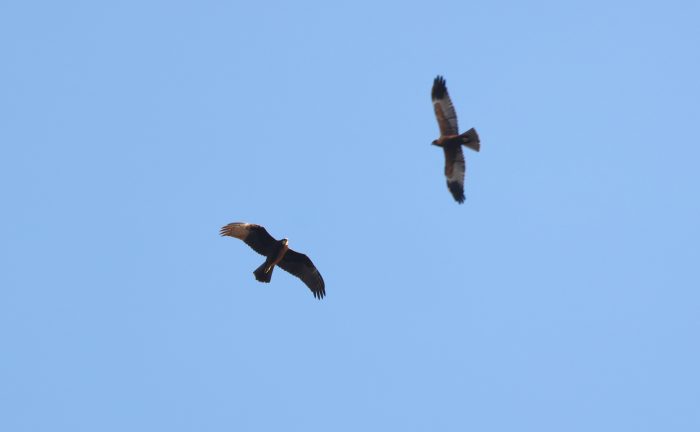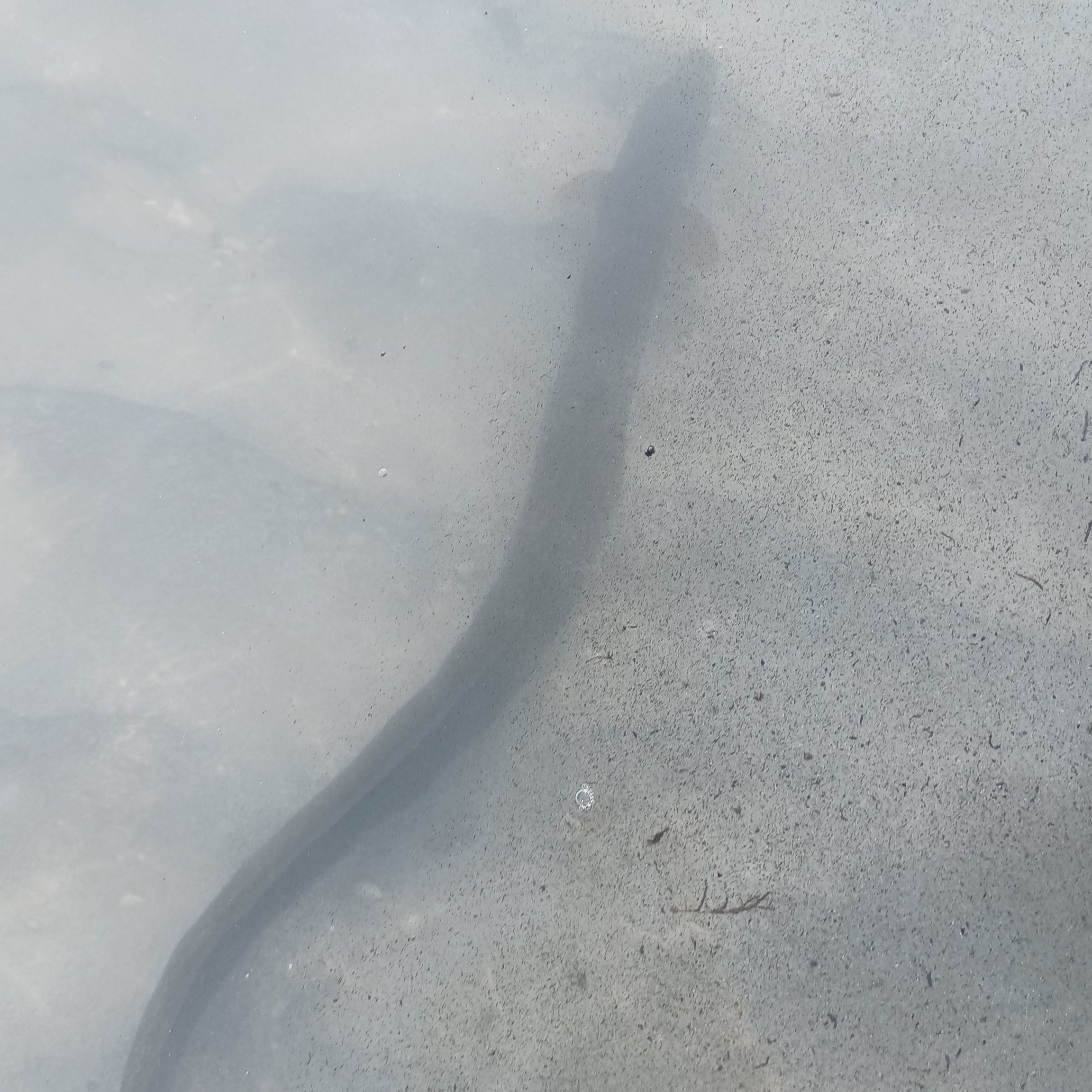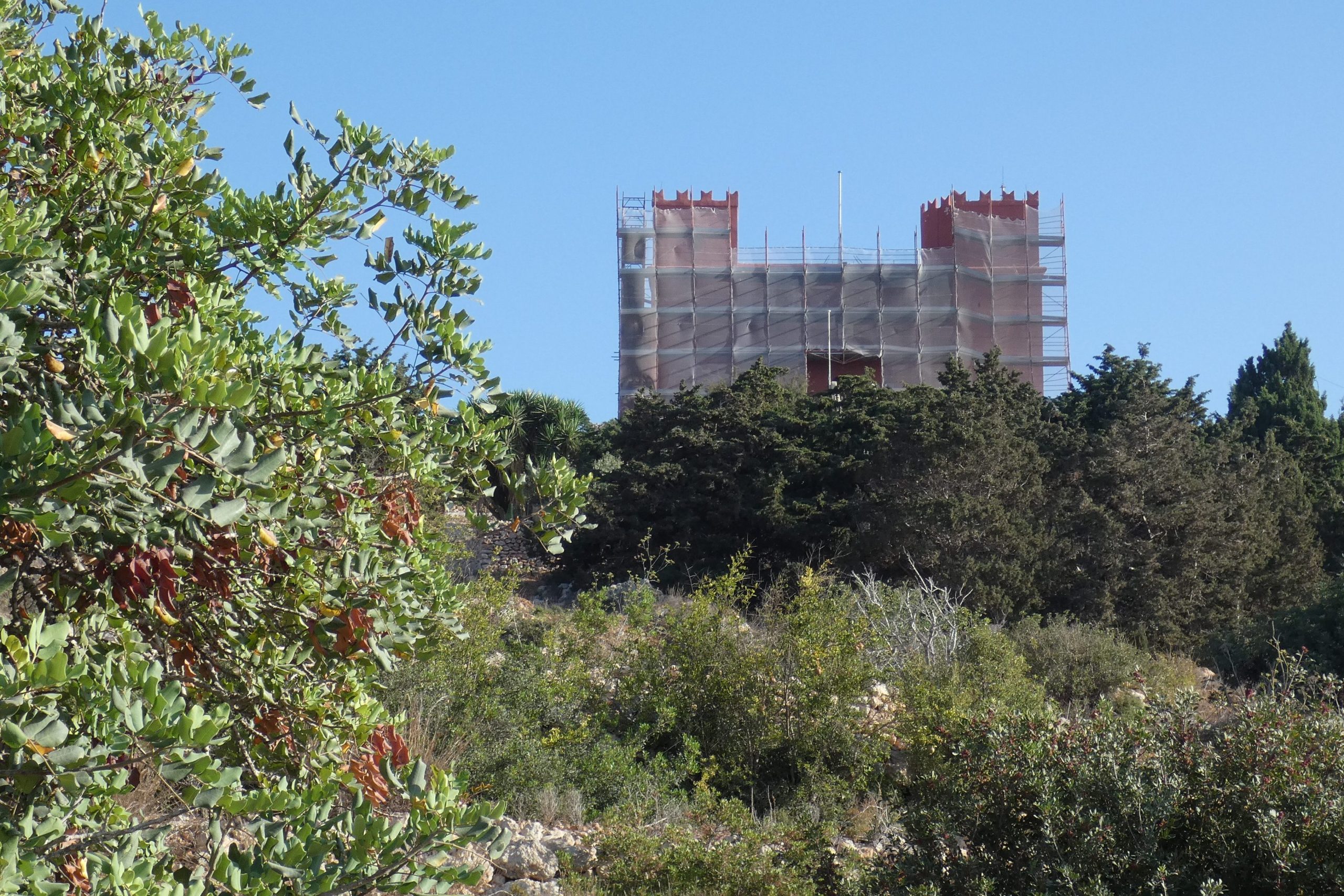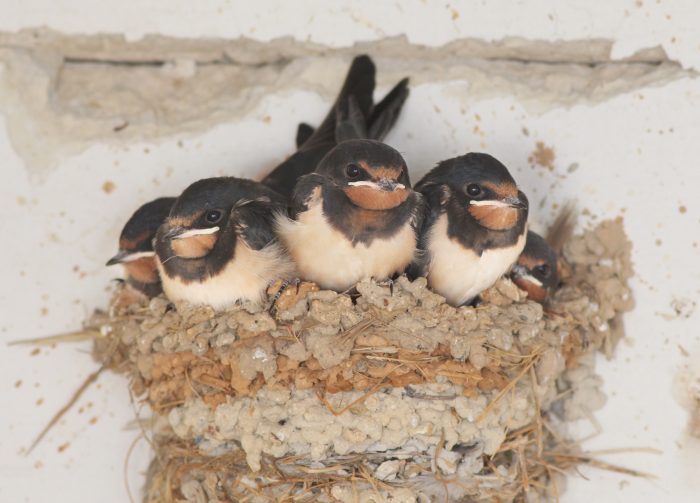On the frontlines is our monthly newsletter section covering the activities of BirdLife Malta’s conservation, policy and nature reserve (Salina, Simar, Għadira and Foresta 2000) teams, together with an update about rare and scarce bird species observed.

Yelkouan Shearwater and Swift releases
The month of July has been full of activities for our rehabilitation centre as the Swift and Yelkouan Shearwater fledging season started.
We successfully rehabilitated and released three Swifts, found stranded and extremely underweight. We also rehabilitated five juvenile Yelkouan Shearwaters, a species classified as in danger of extinction. We also released five Yellow-legged Gulls (the only gull species breeding here in Malta). The birds were suffering from a bad bacterial gastroenteritis.
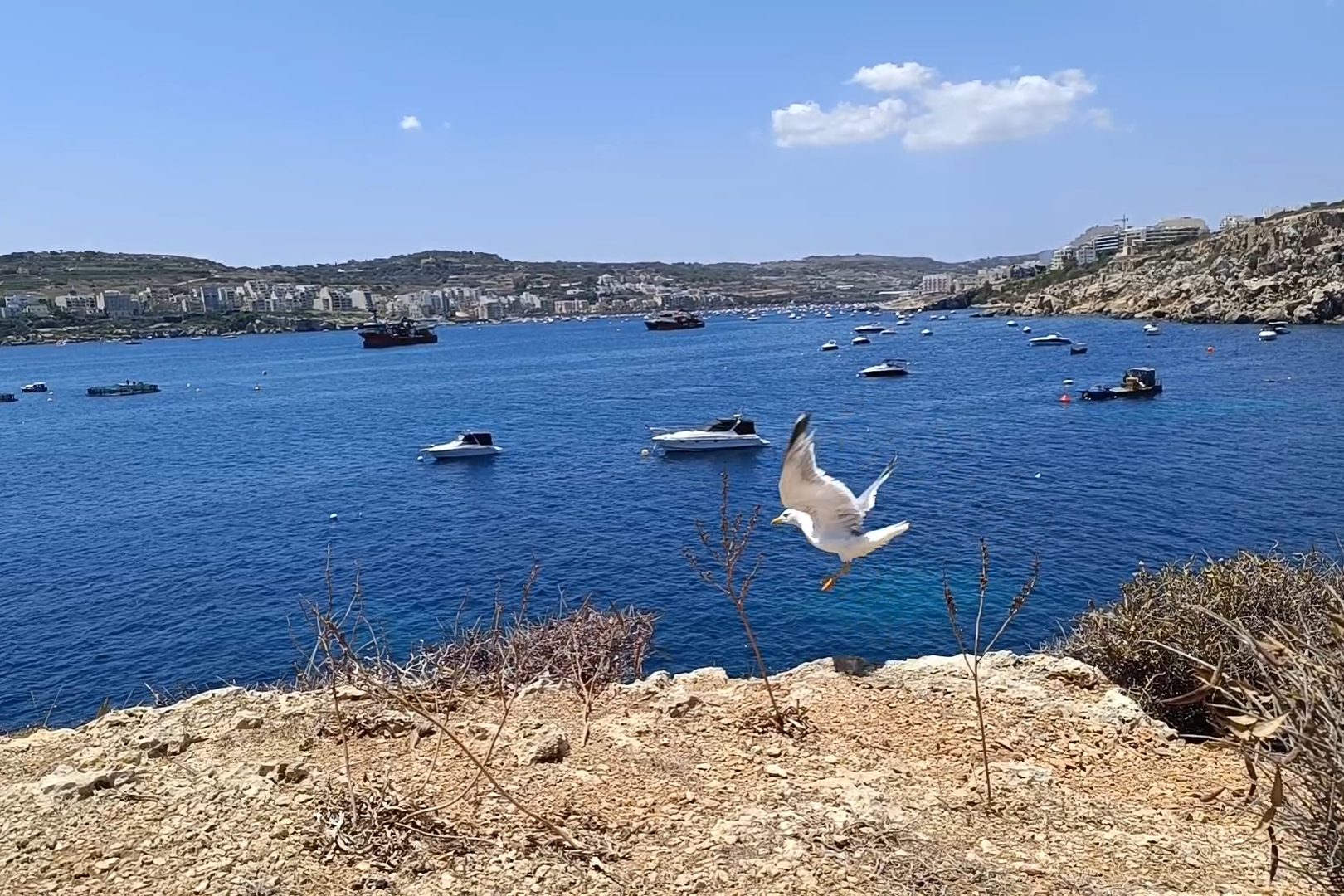



Call for Raptor Camp volunteers
Migration time is upon us, as the birds that have been breeding throughout continental Europe will soon go back to their wintering quarters in Africa to spend the coldest part of the year, and Malta serves as a stepping stone for many migratory species on the way.
Unfortunately, their trip can be cut short due to illegal hunting happening on the island. The autumn hunting season will open between September and January and will overlap with the peak of the migration of several protected birds.
Our Conservation team is organising once again the annual Raptor Camp to monitor the wildlife illegalities that might happen in this difficult period. We will be patrolling various area of the island between 8 and 23 September to check for such occurrences and call Environmental Protection Unit (EPU) police when necessary.
If you are willing to help our team during the monitoring of Malta and Gozo’s countryside zones, you should come and volunteer with us! Expert drivers are particularly welcome, as well as people who like spending long times in the field and with good observational and identification skills.
If you want to be a part this year’s Raptor Camp, please contact our Conservation Coordinator at [email protected]!
Some successes in Court
Thanks to reporting by our Conservation team, three bird trappers were found guilty of various offences in July. One was reported for trapping in Żurrieq in March 2023; no trapping is legal during the spring months. When the police went on site, they found that the trapper was also targeting a protected species – Tree Pipit (Diżż). He was fined €1,200 and had his trapping licence suspended for two years.
Another culprit was fined €900 and had his trapping licence suspended for three years after he was caught trapping during the closed season in October 2023. The same trapper was then caught again during the open trapping season, at the end of October, but this time he was on an unregistered site.
The third trapper was reported for using an unregistered site in Marsaskala in October 2022. He received a fine of €1,200 and had his trapping licence suspended for three years.

Salina Nature Reserve
Sightings
Although we are in the height of summer, the ‘autumn’ migration has already begun. This is most noticeable at Salina, particularly with waders. Small flocks of Little Ringed Plovers, Black-winged Stilts, Wood Sandpipers, Common Sandpipers, Little Stints, Dunlins, Ruffs, and Redshanks have been observed. An early Common Kingfisher has taken up residence, along with a Grey Heron and a juvenile Black-crowned Night-heron. The regulars are still present, including Little and Cattle Egrets, as well as numerous Yellow-legged Gulls, with a few Mediterranean and Black-headed Gulls also spotted.
Works and visits
Salina also hosted many groups of visitors, some managed by the education department and others managed directly by the Salina staff. Work continued of the new handrail along the main path but the major effort was in preparing for and organising the first ever Festa Melħ | Salt Fest to celebrate the opening of the new salt museum. Final displays for the Salina Salt Museum were completed and installed, some electrical works were finalised and all exhibits were put in their ultimate places. The salt harvest was also started by heaping salt in the designated saltpan. Only one saltpan is used for this purpose and all the remaining saltpans are managed to favour biodiversity and thus do not produce salt.

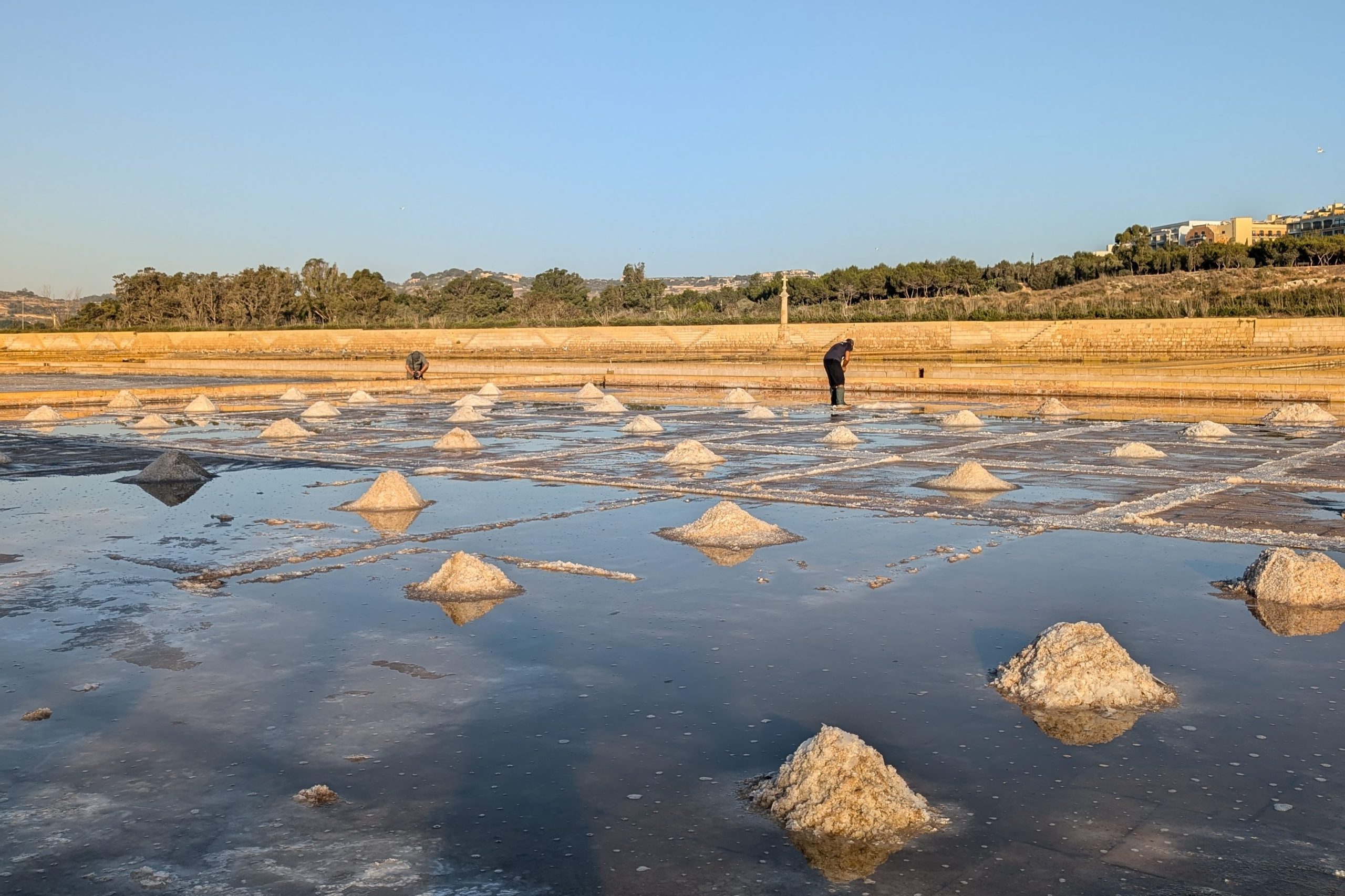
Għadira Nature Reserve
Sightings
Throughout July the bird species that have occurred and visited Għadira Nature Reserve the most were Little Egrets, Common Sandpipers, and Black-crowned Night-herons. A total of 34 Little Egrets were recorded on 29 July, while the other common species stayed in more consistent numbers. At the start of July a couple of Black-winged Stilts visited the reserve, with a couple of Cattle Egrets also resting at Għadira. From the middle of the month, two Common Greenshanks and one Western Yellow Wagtail were recorded. Other species like Wood Sandpipers, Green Sandpipers, and Little Stints have been present in the reserve throughout the month. Little Stints and Green Sandpipers were recorded in the biggest numbers on 18 July (Green Sandpipers) and 27 July (Little Stints). Some unusual species occurred at the end of July too, and these included Common Reed-warbler, Willow Warbler, three Black-crowned Night-herons, and an Audouin’s Gull. To finish off a relatively successful month, a Common Hoopoe graced Għadira Nature Reserve on 31 July.
Works
Maintenance work continues at Għadira as the final preparations for the construction of the new birdwatching hide are completed and the works are officially in progress. To allow for safer movement of the machinery from the visitor centre to the old birdwatching hide, the main path has been widened by pruning the vegetation and removing extended branches of Tamarisk and Pine Trees from the path. The rest of the reusable parts of the old birdwatching hide have also been successfully removed and after consultations with the safety officer, safety rails have been installed on the roof of the hide to allow for easier and safer work. Besides the main project of building the new hide, one of the previously removed freshwater ponds has been reinstalled at a new location alongside the main Għadira nature trail.
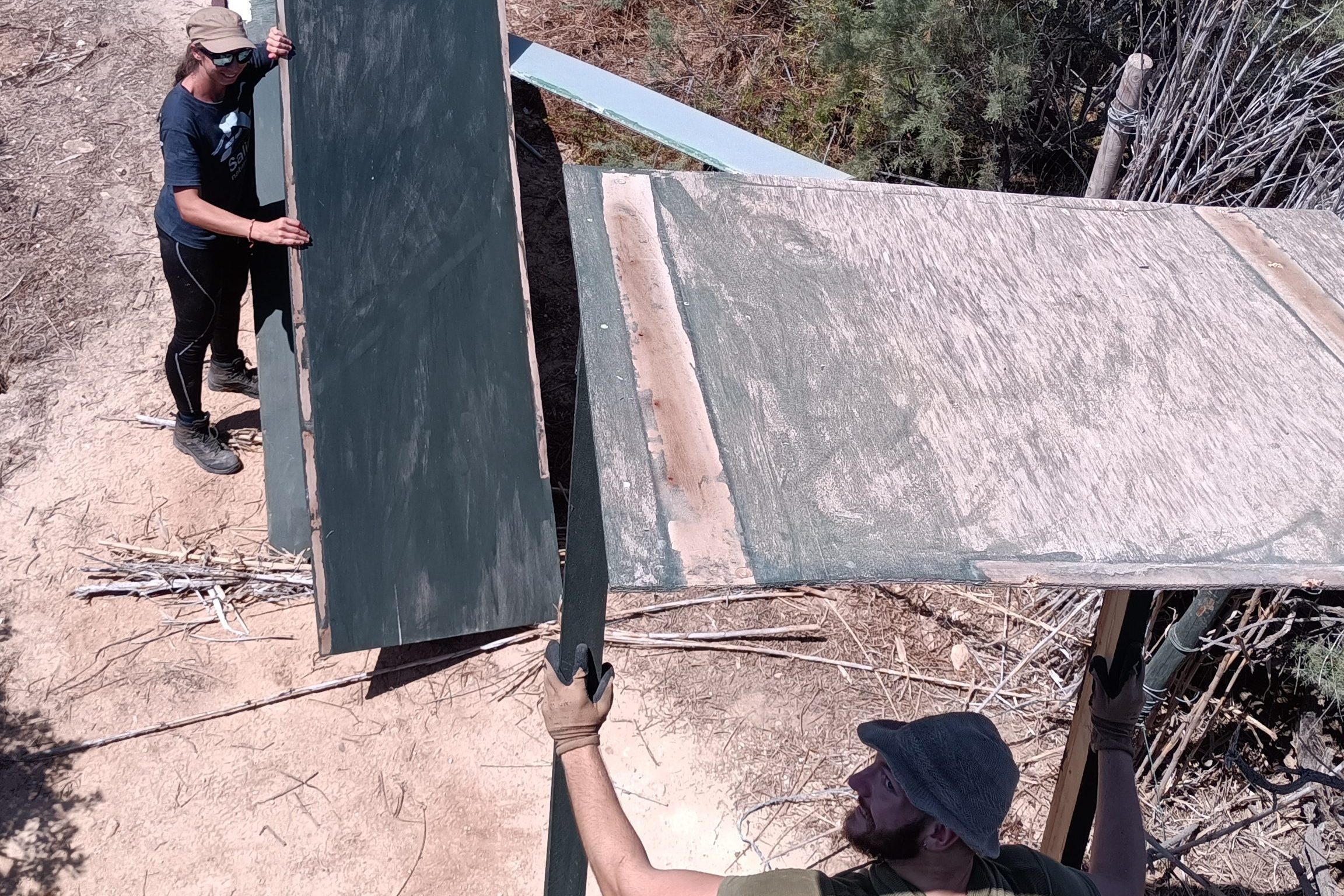
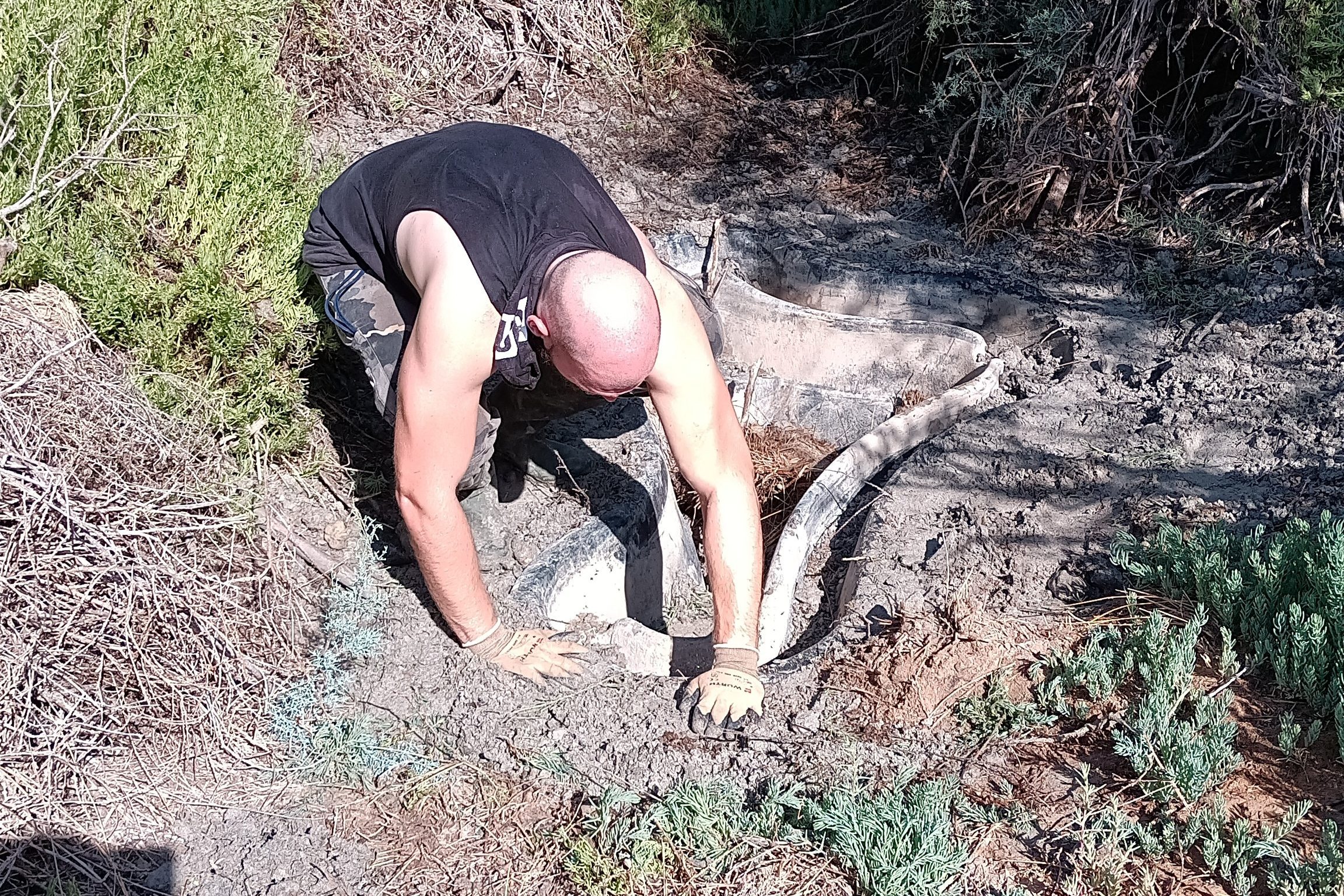
Finally, a new screen has been installed in the canal paralleling the photography hide to ensure that the disturbance of birds is brought to a bare minimum. The screen was made and installed with the assistance of a visiting UK ranger, Oliver Seal, who stayed with the reserves team for a week to share experiences and help with ongoing works. Lastly, a grand total of 50 European Eels have been rescued and successfully released from a drying canal in the area near the photography hide to the sea of Għadira Bay.


Simar Nature Reserve
Sightings
Most of the vegetation found in the wetland are halophytes (salt-tolerant plants) and in Simar they typically blossom during summer. Salt tolerance and low water levels trigger the growth of several plants giving the reserve a greener look. Glassworts, Saltworts, Mediterranean Bindweed and Tamarisk trees are the predominant plants that flourish in the saltmarsh at this time of year. On the other hand, the shallow water exposed several shorelines and also created areas of mudflats which in turn attracted several species of birds. The extraordinary growth of the Ruppia in the water has helped keep dissolved oxygen levels quite high, thus maintaining a rich diversity in the water.
The first migratory waders continued arriving reaching good numbers by the end of the month. Common Sandpipers were the most frequent but also Little Ringed Plovers, Wood Sandpipers and Little Stints were present. Occasionally a few Green Sandpipers settled to feed in the wetland. A Night-heron was regularly seen feeding at dawn whilst a Common Coot appeared towards the end of the month. Common Reed-warblers were regularly present throughout the month whilst the first Common Kingfishers started arriving during the last week of the month.
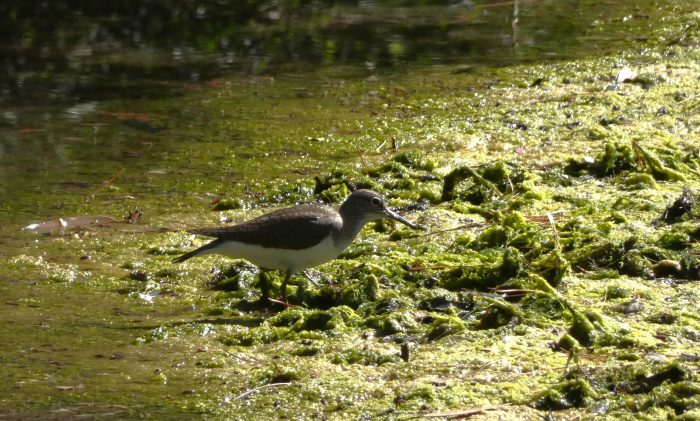
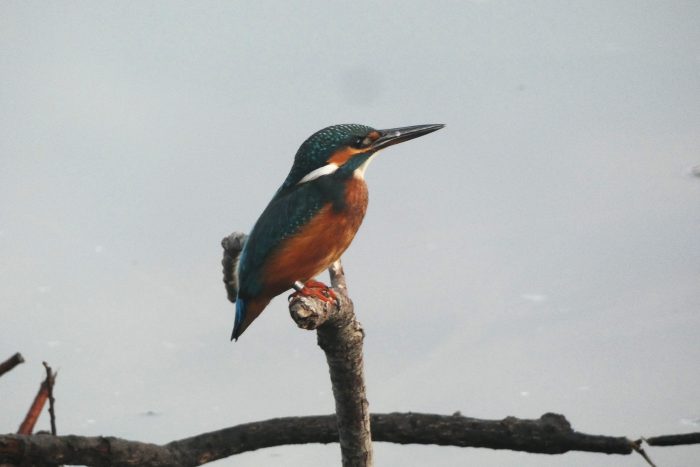
Works
The works that started in June continued throughout this month. One of the paths undergoing alterations is almost finished with the wooden railing now in place. The other path under construction had a lot of soil shifted into an older unused path close by, which will in turn be used as the main path. Dry hedging was created along this new path whilst slabs of stone, dry branches and pieces of wood are being used as side retainers for the soil.
Shredding of non-native plants continued, especially in an area of one of the two main Tamarisk islands. Works on this island is the continuation of habitat management carried out in previous years. This primarily consists of the elimination of non-native plants and the pruning of selected Tamarisk trees in designated areas. This will increase plant diversity mainly through light penetration.


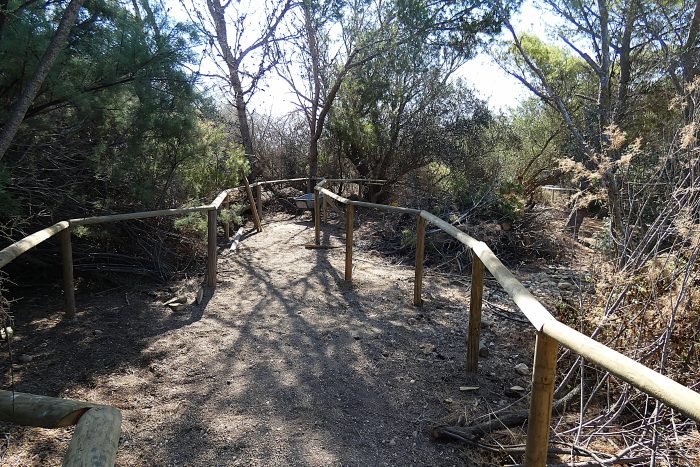
Foresta 2000
Sightings
July is always a quiet month at Foresta 2000, with migratory birds nesting in eastern and northern Europe. However, there’s still plenty to see against the dry backdrop of the reserve.
During this month visitors were greeted by the dense, Pine-scented air, and in the mornings, spider webs glistened in the sunlight while droplets of salty water adorned the Tamarisk trees due to the transpiration process. Carob trees, heavy with fruit, lined the paths of Foresta 2000, although this year’s yield is less fleshy compared to the previous season, at least in the north of Malta.
Dragonflies, including the Long Skimmer, Violet Dropwing, and Blue Emperor, were also abundant. Wall Brown and Common Blue butterflies were fewer in number compared to June or even last July, but they were still a delightful sight.
In the early morning hours, the activity of bees and wasps was evident as they diligently carried out their pollination duties. Various types of moths and young grasshoppers, including the captivating Blue-winged Grasshopper, could be seen, along with numerous ants busily working on the ground.
Birdsong became quieter this month, with Collared-doves, young Sardinian Warblers, Spanish Sparrows and Zitting Cisticolas moving through the woodland and steppe. The loud Cicadas, however, dominated the soundscape. Adults and juvenile Blue Rock-thrushes kept their usual spot above the cliffs.
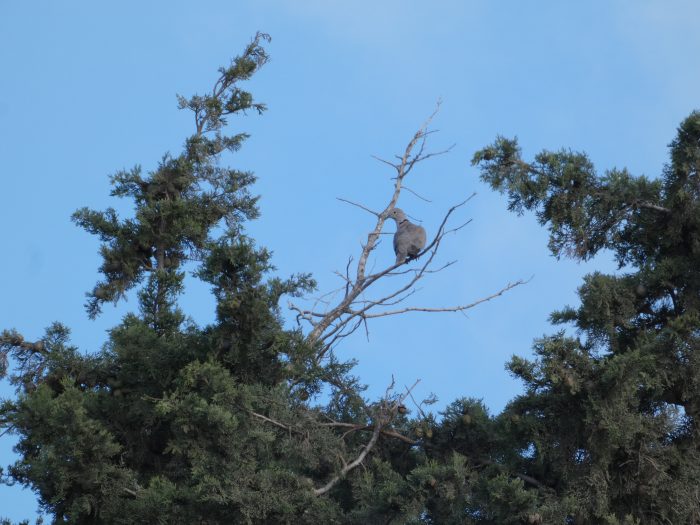
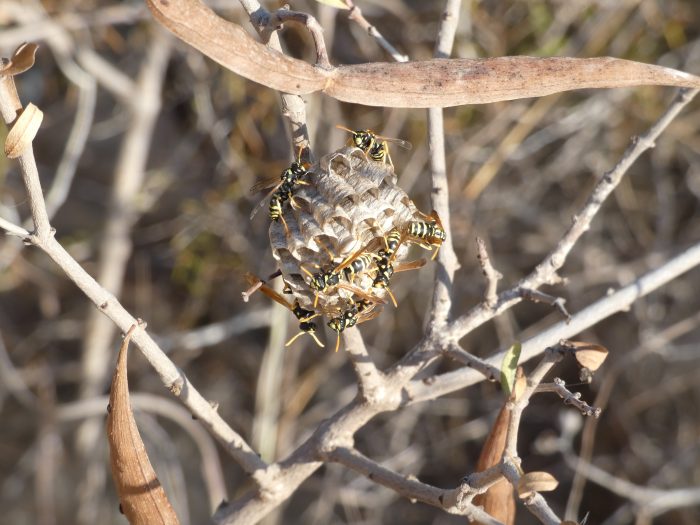

Works
Throughout the month, regular weekly clean-ups were conducted with the help of European Solidarity Corps (ESC) volunteers from BirdLife Malta. While walking around Foresta 2000, you might notice the Red Tower (St. Agatha’s Tower) covered with scaffolding for minor restoration. Despite the construction, it remains open for visits.
Closed for summer! Birdlife Malta would like to remind you that our Għadira and Simar Nature Reserves are closed for the summer holidays! Besides there being less birds, it is a time when our breeding birds are given some added protection whilst rearing their young. During the summer months, the reserves’ management teams also take the time to carry out some maintenance work on the sites, improving them both for nature and visitors alike. Come September, and therefore at the onset of autumn migration, we will look forward to welcoming you once more to our sites! Foresta 2000 and Salina remain open throughout the summer.

NGOs condemn new regulation which now allows fireworks near protected trees
BirdLife Malta, together with seven other environmental NGOs, voiced concerns over a new legal notice permitting the lighting of fireworks within 20m of protected trees. Legal Notice 151 of 2024 was enacted after being presented to the Cabinet of Ministers on 2 July by the Ministry for the National Heritage, the Arts, and Local Government on behalf of the Environment Ministry. The Environment and Resources Authority (ERA) accepted the imposed amendments of the Environment Protection Act and no public consultation was held on the matter. The absence of input from NGOs and the general public on this critical issue is alarming, particularly given the demonstrated public concern for tree conservation. In a nutshell, the legal notice modifies a previous prohibition on lighting fireworks near protected trees, now allowing fireworks to be ignited within 20 metres of such trees, provided “adequate measures” are in place. However, these measures are undefined, creating ambiguity and a significant loophole, placing the burden of enforcement on ERA. In response, eight environmental NGOs, led by BirdLife Malta, called for an immediate repeal of the law and the initiation of a proper public consultation process.
BirdLife Malta’s comments on Ħal Far development policy review to include a ‘low impact sport’ area
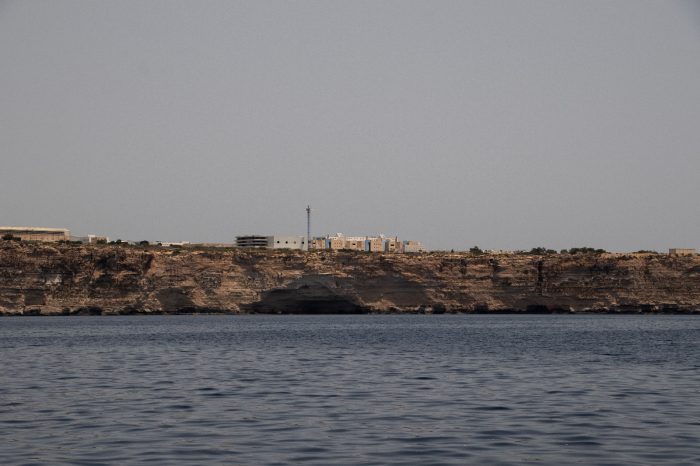
BirdLife Malta submitted its feedback in response to the public consultation call launched by the Planning Authority with regards to Phase 2 of the Partial review of the South Malta Local Plan. BirdLife Malta opposed Objectives 2 and 4 of the South Malta Local Plan review, which reveal that the true aim of the review is to develop a ‘low impact sports’ area, including an aero modelling facility. This contradicts the review’s stated goal of protecting environmentally sensitive areas from industrial development. We highlighted the potential harm to local wildlife, particularly Yelkouan and Scopoli’s Shearwaters, due to increased noise and light pollution. The surrounding cliffs host around 90-100 breeding pairs of Yelkouan Shearwaters and 80-160 breeding pairs of Scopoli’s Shearwaters, both protected species under the European Birds Directive. Light pollution from the Ħal Far industrial estate already affects these birds, causing grounding and disrupting breeding patterns. Further development, including any ‘low impact sports’, will exacerbate these issues. BirdLife Malta demands that the entire area indicated in the public consultation draft to be safeguarded from any form of development and designated as an ‘Area to be Conserved and Restored’. Read BirdLife Malta’s comments here.
BirdLife Malta opposes development at Tal-Wej Natura 2000 site
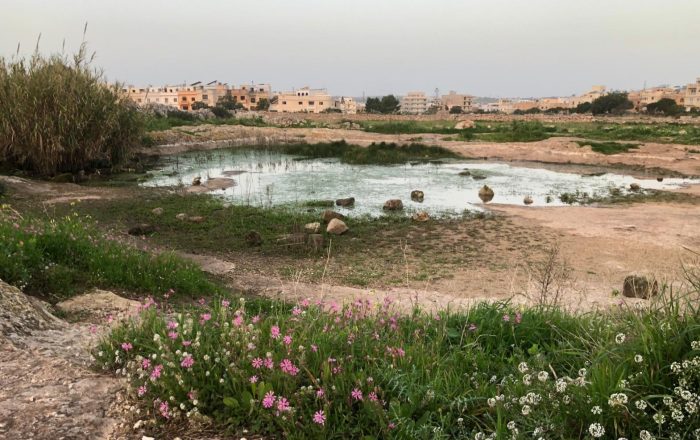
BirdLife Malta objected to the proposed development PC/00011/24, which threatens L-Inħawi tal-Wej, a recently designated Natura 2000 site. The application seeks to rezone land for residential use, leading to urban sprawl in an environmentally sensitive area. This site, home to rare freshwater rock pools and species like the Tadpole Shrimp, Painted Frog, and Maltese Waterwort, holds significant ecological value. Additionally, the area supports breeding birds of the area such as the Zitting Cisticola, Sardinian Warbler, and Blue Rock-thrush. As a Natura 2000 site, Tal-Wej must be preserved and protected from any degradation or destruction, in line with the Habitats Directive. We ultimately urged the rejection of the development proposal to ensure the conservation and integrity of this vital ecological area. Read BirdLife Malta’s objection here.
Comments on action plan to manage invasive alien species
In the public consultation exercise, BirdLife Malta welcomed the development of an action plan to manage Invasive Alien Species (IAS) and to include three crayfish and two mosquitofish species. These species pose significant threats to Malta’s freshwater ecosystems. The Red-swamp Crayfish, first recorded in Malta in 2016, exemplifies the urgency for immediate control measures. While past eradication attempts, such as those in Fiddien valley, had limited success, BirdLife Malta stressed the need for scientifically sound eradication methods and effective monitoring. The action plan’s objective of enhancing IAS surveillance should prioritize assessing impacts on native species, such as the Painted frog and Maltese Freshwater Crab. We also urged proactive measures beyond EU regulations, noting the rapid spread of the Atlantic Blue Crab along the coasts of the Maltese Islands. Finally, the plan should include ecosystem restoration to boost resilience against future invasions, ensuring long-term environmental health. Read BirdLife Malta’s comments here.

Pair of Short-eared Owl successfully breeds in protected area
On International Owl Awareness Day (4 August) we were happy to announce that a pair of wild Short-eared Owl (Maltese name: Kokka tax-Xagħri) successfully bred in a protected area in Malta, safely raising five chicks. This species of owl is a regular migrant but a very rare breeder, with only a handful of breeding attempts recorded locally over the years. It is a species that is more associated with northern climates and breeding records in the Mediterranean are indeed exceptional.
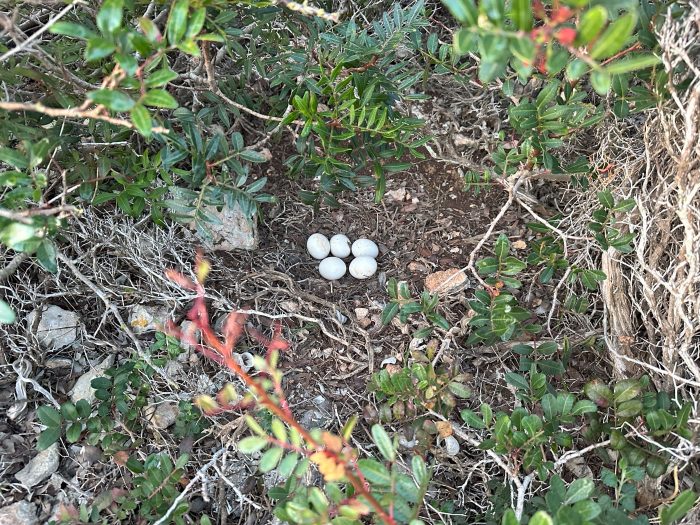
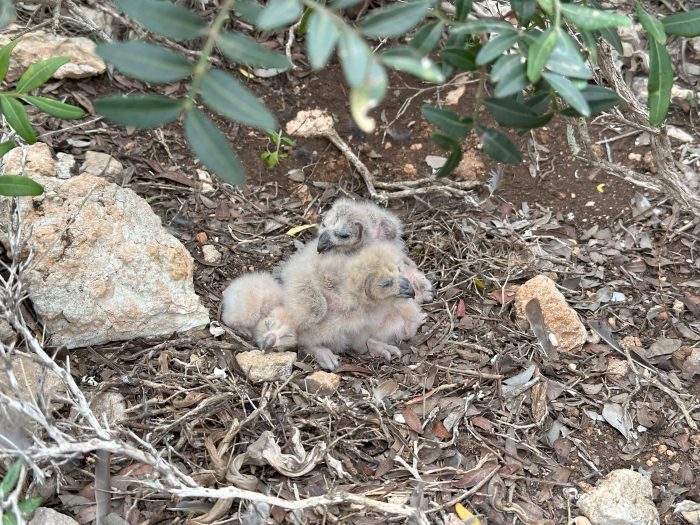
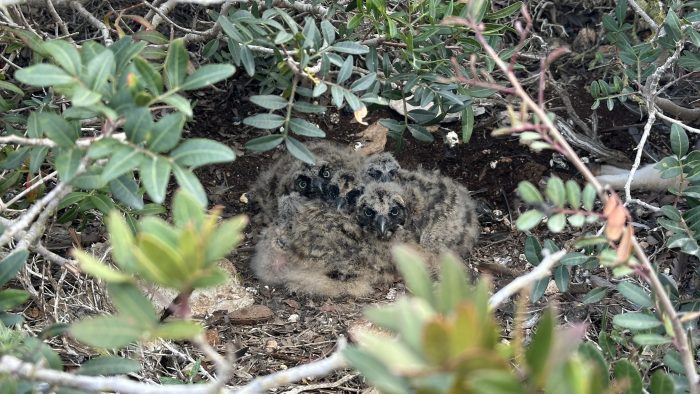
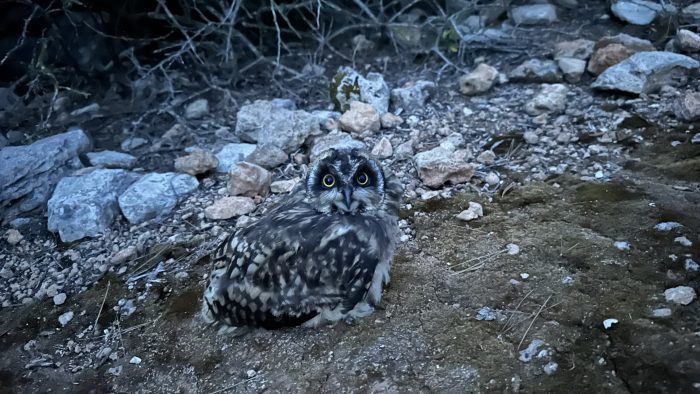
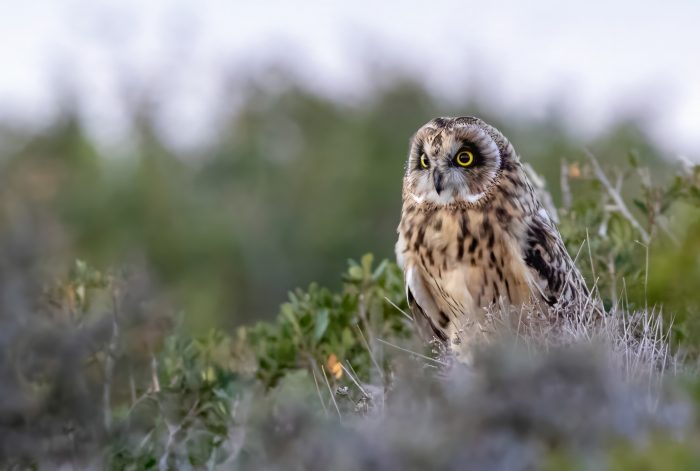
Earlier this spring a nest was found when the female was still on the eggs and was followed by BirdLife Malta field ornithologists, studying their behaviour and making sure they are safe from disturbance and poaching. The eggs take around 28 days to hatch whilst the chicks take around 60 days to grow, fledge and eventually become fully independent, making this a very time and energy consuming effort for both parents. They feed mainly on small mammals such as mice and rats and an owl family consumes tens of rodents every night, keeping their numbers under control.
Since Short-eared Owls nest on the ground, they are very vulnerable to disturbance and trampling, in particular by dogs who are let to roam without a leash in natural habitats and by hunting activities. They often also fall victim to poaching and hence this successful breeding event is a remarkable one, bringing hope for this species in Malta.
Protecting more natural areas with suitable garrigue habitat such as Majjistral Park and Pembroke in Malta and Ta’ Ċenċ in Gozo from excessive disturbance and hunting would mean more pairs of Short-eared Owls gracing our islands.
Barn Swallows breed in Siġġiewi
This photo from Siġġiewi shows a Barn Swallow (Ħuttafa in Maltese) nest and was taken on 4 July 2024, just a day before the chicks fledged from the nest. Schembri (1843) stated that some Barn Swallow pairs bred in Malta, however it was only in 1974 that a nest was recorded in the village of Mqabba while the second official record was recorded in Bidnija in 1995. The next breeding record comes from 2004, and since that year, Barn Swallows have bred every year, increasing year after year, especially in Gozo. During the last four years, Swallows have also established their breeding presence in the village of Siġġiewi. Last year three pairs of Barn Swallows bred successfully in Siġġiewi. Two pairs nested in a private home while the other nest was built in the entrance of a drive-in area leading to a complex of underground garages. This year, the latter pair used the same nest which they built last year and already had two successful broods. The first brood successfully fledged in May while the second brood fledged in early July. The male and female build their nest in the form of a cup made up of mud and grass. The incubation period lasts between 12 and 17 days while the nestling period takes an average of 20 days before juvenile chicks can fly and fend for themselves.
Credits
Words: Charles Coleiro, Justine Borg, Marcella Giornetti, Manuel Mallia, Nathaniel Attard, Nicholas Galea, Robert Mlinac, Vera Tokmakova
Photographs: Amanda Muscat, Charles Coleiro, David Attard, Francesco Dal Colle, James Aquilina, Justine Borg, Nicholas Galea, Vera Tokmakova
Editing: Khouloud Belhadj, Nathaniel Attard

